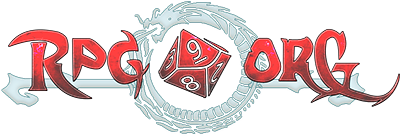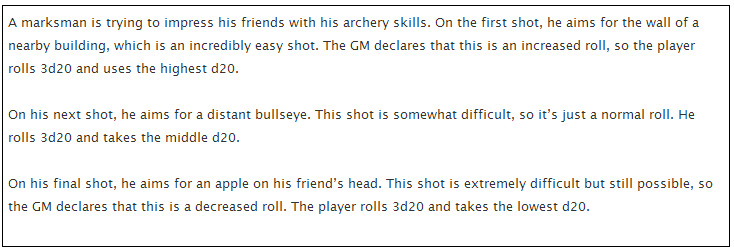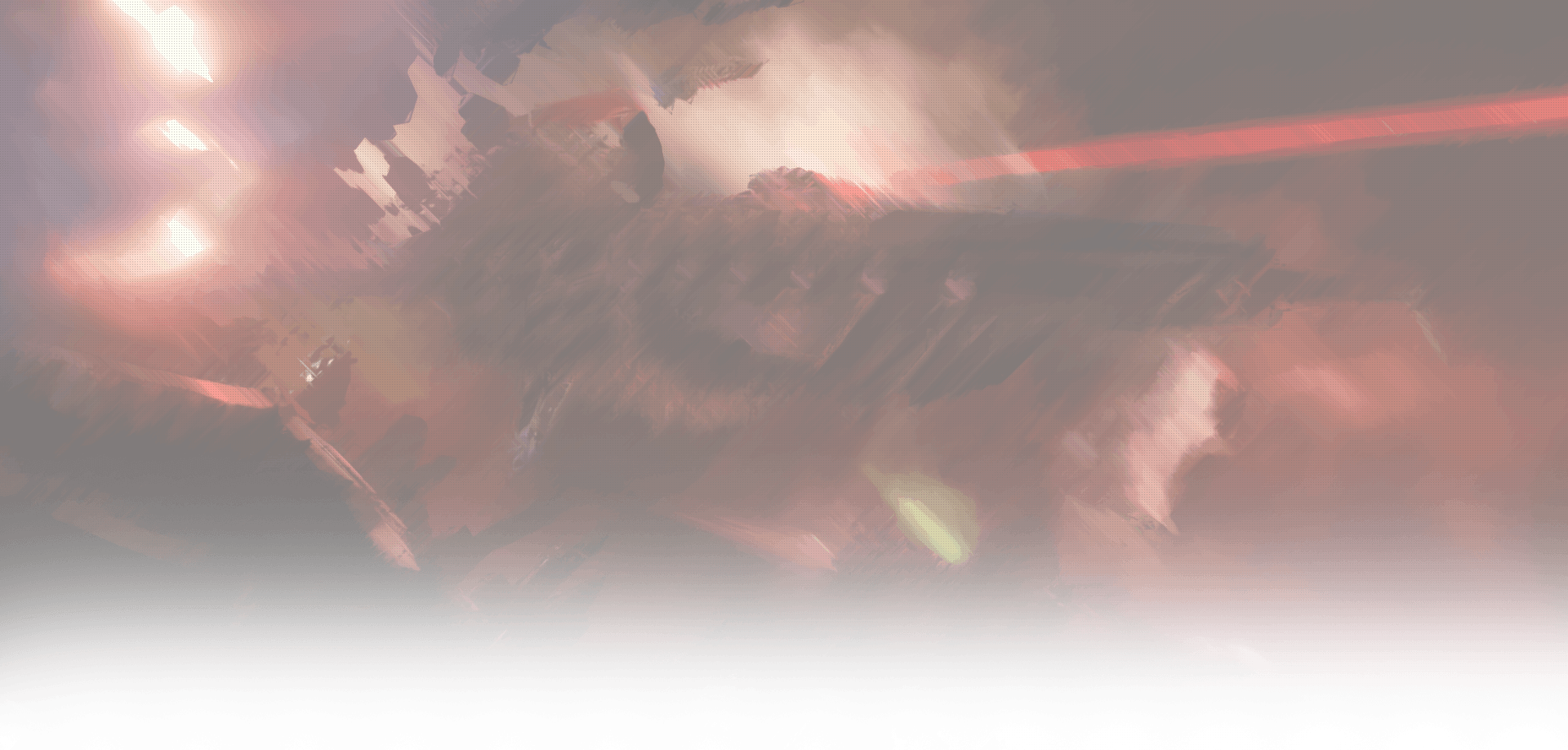So while shuffling about I found my way to tavertalesrpg.com, it's a continually updated free to play tabletop RPG ruleset, based purely on donations. The tabletop game seems to be based on a variant of a d20 system.
Creating a character involves some of the basics, coming up with a race, nationality, characteristics and what is called "Themes." Themes are like classes but a bit more customization. The term the use is Themes are like "paint colors". They make a good point by saying: "Themes are like paint colors. Each theme brings a unique feel to a character, and different combinations of themes create interesting portraits. If you ask 10 different people to paint a paladin, they will probably use very different colors.
Sure, some colors will be more popular than others, but no two people will use the exact same colors in the same proportions. One person might create a paladin using only yellow paint (Faith), whereas another might use grey and yellow paint (Warfare and Faith), and another might create a dragoon with red, grey, and yellow (Dragon, Warfare, and Faith). A particularly inventive player might take an unexpected route and create a fallen anti-paladin that’s mostly black and yellow (Undeath and Faith)." (Quoted from their site here)
The point is ultimate customization, currently they have 10 Themes. Arcane, Bardic lore, Dragon, Faith, Martial Arts, Savagery, Thievery, Tracking Undeath, and Warefare. While still to come Alchemy, beast, and Nature. Each Theme has an Archtype, Signature trait, passive abilities, combat, exploration and interaction traits. When you create a character you gain 1 trait that can come from any theme and any category (except signature traits).
Then you pick a passive theme, and gain the signature trait. After that, it pretty much goes into the basics of character building, gear, starting life, etc. One of the interesting ways they choose to do rolling for checks etc. is something that caught me a little off guard, and I'm not entirely sure how I feel about it, though it is interesting. You roll 3d20 and take the middle. Though a number of things modify this. The final roll that you use is called your primary die, and you ignore the other two results.
The 3d20 system is used because of an averaging effect, meaning it is more likely for you to get 10 and 11 more often than 1 and 20. So that rolls are "less swingy and more reliable". Success is 11 and higher, while failure is 10 and lower. Though there is of course "Increasing and Decreasing rolls". If you are at a disadvantage on something, the dm can decide you take the lowest roll on the 3d20, and if you are at an advantage or "Increase" you take the highest d20.
Critical failures and successes are as you expect, natural 20s or natural 1s and opposing roles vs one another is integrated into their system. There are three types of Actions, "Action", "Slow Action" and "Simple Action". Luckily for us, the names are straight forward and simple. Combat has something that also caught my eye, "Outnumbered creatures get to act more frequently", in attempt to balance things creatures that are outnumbered get to act a bit more frequently, allowing players to feel a bit more heroic. Death happens when a player hits 0, then rolls 1d20 and if you roll a 1 you die, a 20 you stabilize.
Stabilizing does not mean you are conscious until the DM sees fit to give you 1 life. Though special events will cause a creature to skip the dying process and immediately die, this is times where you might fall into a spike pit and get skewered by 15 spikes to the brain, you're obviously dead. Tavern Tales has integrated a "Bolstering" system, where you can encourage a buddy, find a clever way to get cover, use the phalanx system, etc. These are considered Bolstering, which also costs an action.
Bolstering requires you to roll 3d20 and add the right ability score modifier. Success gives you or an ally 1 advantage point. The last chapter they have up covers movement and spacing, as well as general rules and a keyword list. They have a free PDF available for download on their site or simply use their webpage. They have a simple system for adventuring gear, your basic melee weapon is 10 gold, ranged weapon is 10, light armor is 20 gold, heavy is 50, a shield is 10. Rather than listing a whole variation of differing types of weapons, simple but customizable. Their Bestiary is rather well put together, using little symbols to help decipher the varying creature types as well as a page to assist in making your own beasts.
There are sample characters available on their website, character sheet pdf, and the rules pdf. Though they currently have no artwork there website is simple and easily legible, and are considering doing a kickstarter in the future.




